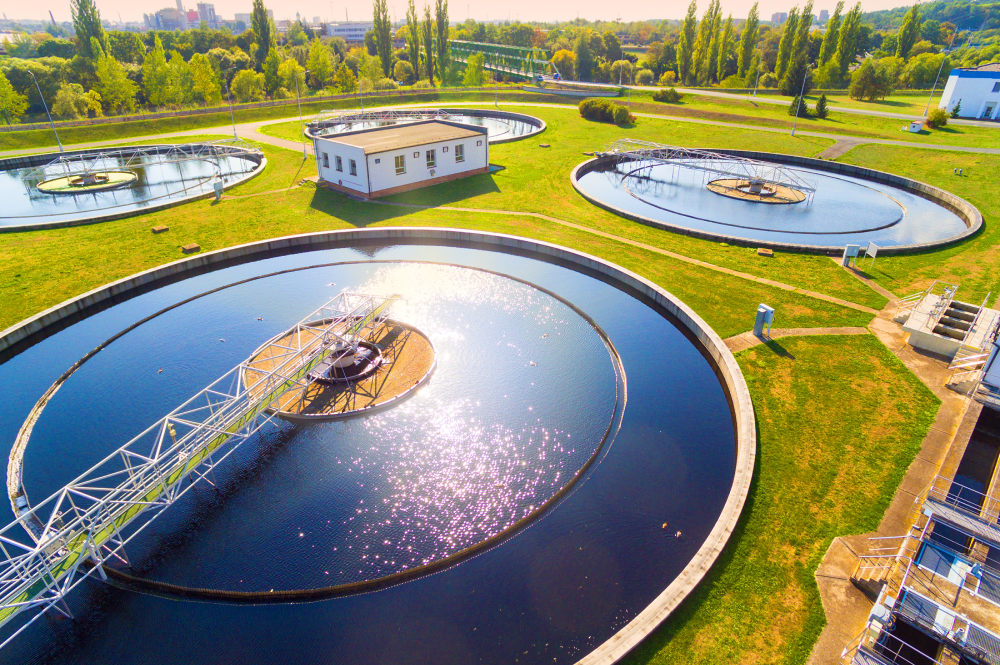Understanding Urban Water Waste Treatment

Urban waste water management, commonly known as sewage treatment, is designed to treat and clean waste water from both domestic and industrial premises, as well as surface water run-off, before it is released into the environment. The aim of treating water is to protect public health and the environment.
Waste Water Treatment Process
- Wastewater flows through drains and into the sewer system, joining a large drainage network, taking water to the sewage treatment works.
- Large items, such as nappies, are there removed from the water.
- The water is put into large settlement tanks, where human waste (also called sludge) is separated from the water.
- The sludge is removed for further treatment and recycled as farm fertiliser or used for renewable energy generation.
- Wastewater is thoroughly cleaned by secondary and tertiary treatments to ensure that the water is returned at a high quality.
- Wastewater is returned to either rivers or to the sea.
Pollutants in Wastewater
There are two common pollutants in wastewater – phosphorus and ammonia – which can harm aquatic life and disrupt natural processes. Therefore, the processes used to treat the wastewater depend on where it is being released. The processes include microfiltration, ion replacement, removal of organics and using UV light to kill pathogens.
Research shows that the amounts of both phosphorus and ammonia have dropped in recent years, decreasing by over 60% since 1995.1 This reflects an improvement in water quality, and demonstrates good water treatment practices.
Habitats & Climate Change
Evidence shows that there has been an increase in snails and insects across rivers in England, thanks to the processes put in place to remove harmful pollutants.
However, climate change can also cause issues for wastewater management. Heavy rainfall can enter the combined sewage network, which can cause overloading and overflow at treatment plants, which makes it harder for bacteria to break down sewage.
To tackle this, organisations are having to become innovative with solutions. In Sweden, local authorities have introduced a sustainable urban drainage systems that allow excess rainwater to be channelled via trenches, ditches and wetlands. The majority of this water can be kept in these habitats to naturally flow into the ground, meaning only surplus water is directed to the sewage system, resulting in less surface run-off overflowing treatment plants.
Energy Efficiency
Rising energy costs and limited resources mean that water efficiency is more important than ever. Fortunately, many treatment plants and governments are working to make water treatment more efficient, by utilising water reuse and energy generation. Additionally, water treatment plants across the UK are investing in technology to use less electricity, with non CO2 greenhouse gas emissions decreasing by 20% since 2005.2
Water treatment processes consume large amounts of energy, but by making the processes efficient and streamlined, it ensures that energy can be saved and emissions cut, whilst protecting wildlife and environment.
2 EEA


